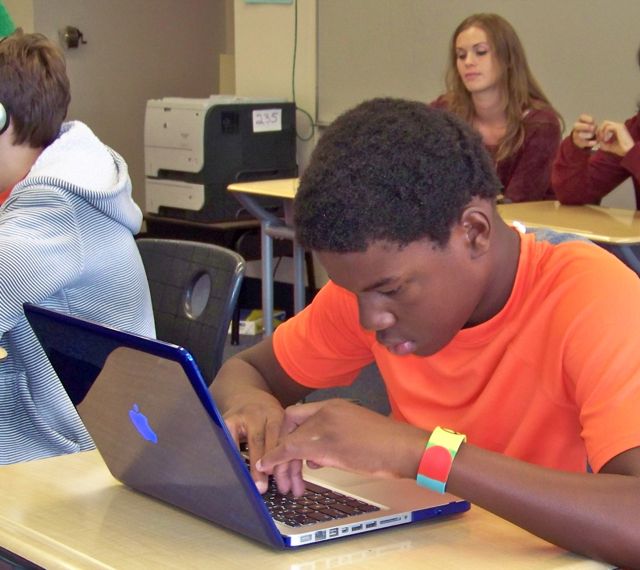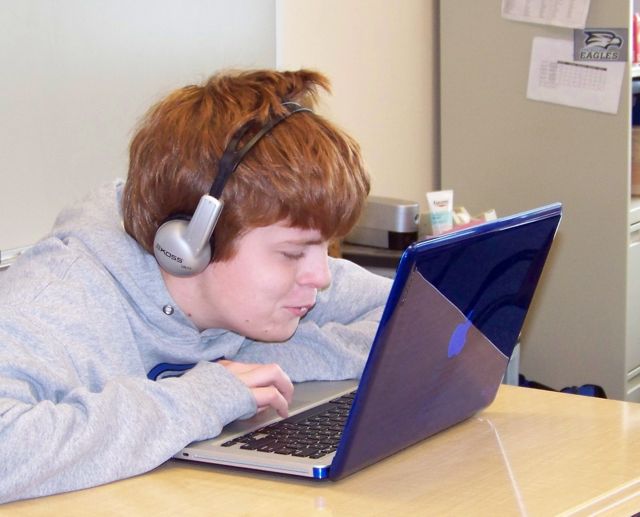
Laptops Build Organization Skills
October 28, 2013
Is Dyslexia Real?
November 5, 2013





In some recent gatherings of Springer’s Upper School students, I had an opportunity to introduce them to a new feature of the Mac OS X.8 Mountain Lion operating system, installed on their laptops. The new operating system includes built-in dictation and text-to-speech software.
I walked the students through the process of enabling these features, and gave them the opportunity to “test drive” them. “Independence” is the word that came to mind when watching the students use these tools. If a student can take in information at or above grade level, but has a learning disability in the area of reading or written language, then software that translates text to speech, and speech to text (dictation) can empower him to independently access grade level text and materials, and respond using vocabulary he might not otherwise choose to attempt.
At Springer, these technologies add to the cadre of technology available to students, which includes Kurzweil 3000, Inspiration, Dragon Dictate, Notebook 3.0, and other such tools. These technologies work to level the playing field for students who are intelligent and capable but have diagnosed Language-Based Learning Disabilities, allowing them to achieve academic success in high school and beyond.
We are preparing our students to work strategically, using the tools and resources available, and I couldn’t be more proud of them for their hard work and effort. I am currently surveying the classrooms and making lists of how technology is used, in a seamless fashion, to facilitate executive function skill building. More later on my findings....
Blogger Barbara Hunter, MEd, shares her expertise in the use of technology to support learning. If you have questions, please contact Barbara at .
